Despite being a crowd favorite, Reacher Season 2 relied on one trope that the new season needs to steer clear of.
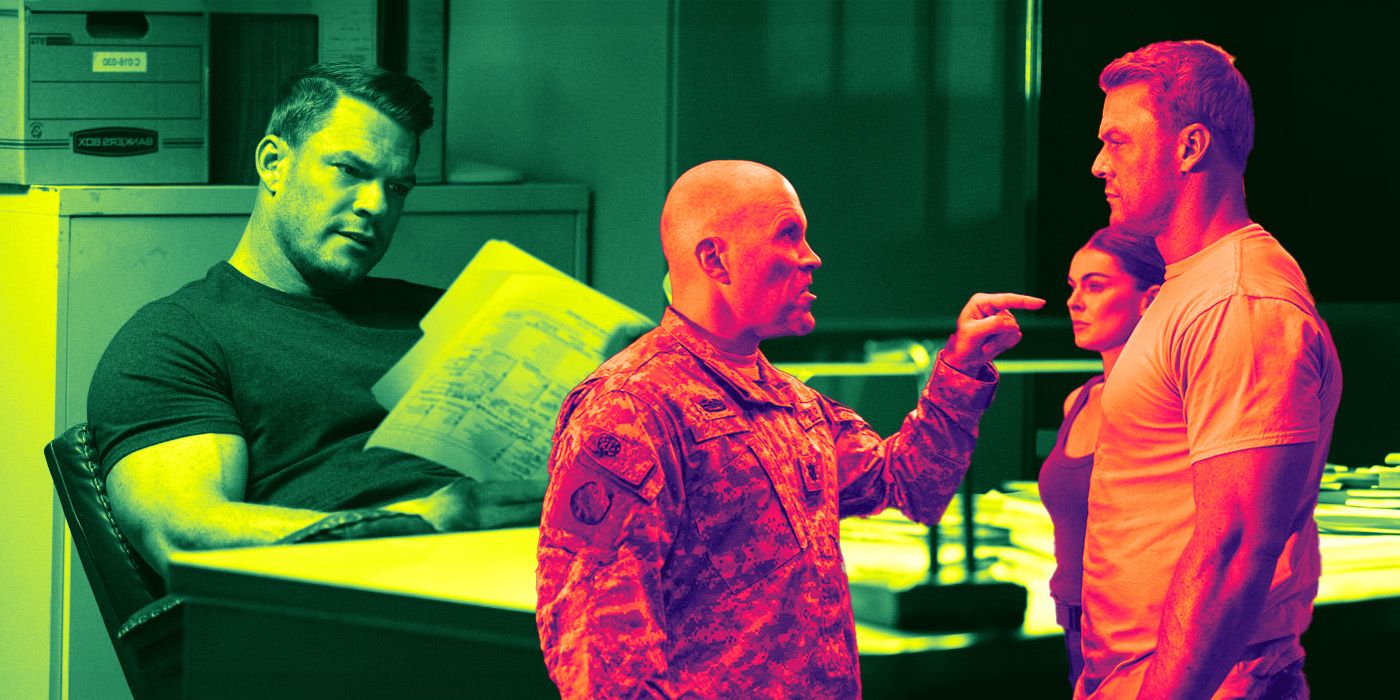
SUMMARY
Reacher Season 2 fell short of viewer expectations, lacking the intensity and thrill of Season 1.
The season relied heavily on the trope of “punch first, talk later,” which hindered character and scene development.
The excessive use of unrealistic action and violence in Season 2 diminished the cleverness and analytical skills of the character.
Reacher Season 2 made its debut on Dec. 15, 2024. Netflix’s adaptation of author Lee Child’s novels, the first season of the show saw widespread success, with the series soon becoming a fan favorite.
Season 1 brought Child’s first book in the Jack Reacher series, Killing Floor, to screens. The second season, choosing to deviate from the chronological order of the source material, adapted the eleventh book in the series Bad Luck and Trouble.
Much like its predecessor, Season 2 was a hit with fans. However, despite the season’s positive reception, viewers were also of the opinion that Season 2 was somewhat of a disappointment and failed to deliver in the manner that Season 1 did. Viewers were quick to pick up on the fact that the latest season fell short in terms of intensity and thrill when compared to its predecessor.
One contributor to the downfall of the season is a trope that Season 2 seemed to heavily rely on; the trope of punch first, talk later. The upcoming Reacher Season 3 would fare much better if the creative team were to make this trope disappear.
A Mere Depiction of Reacher’s Strength
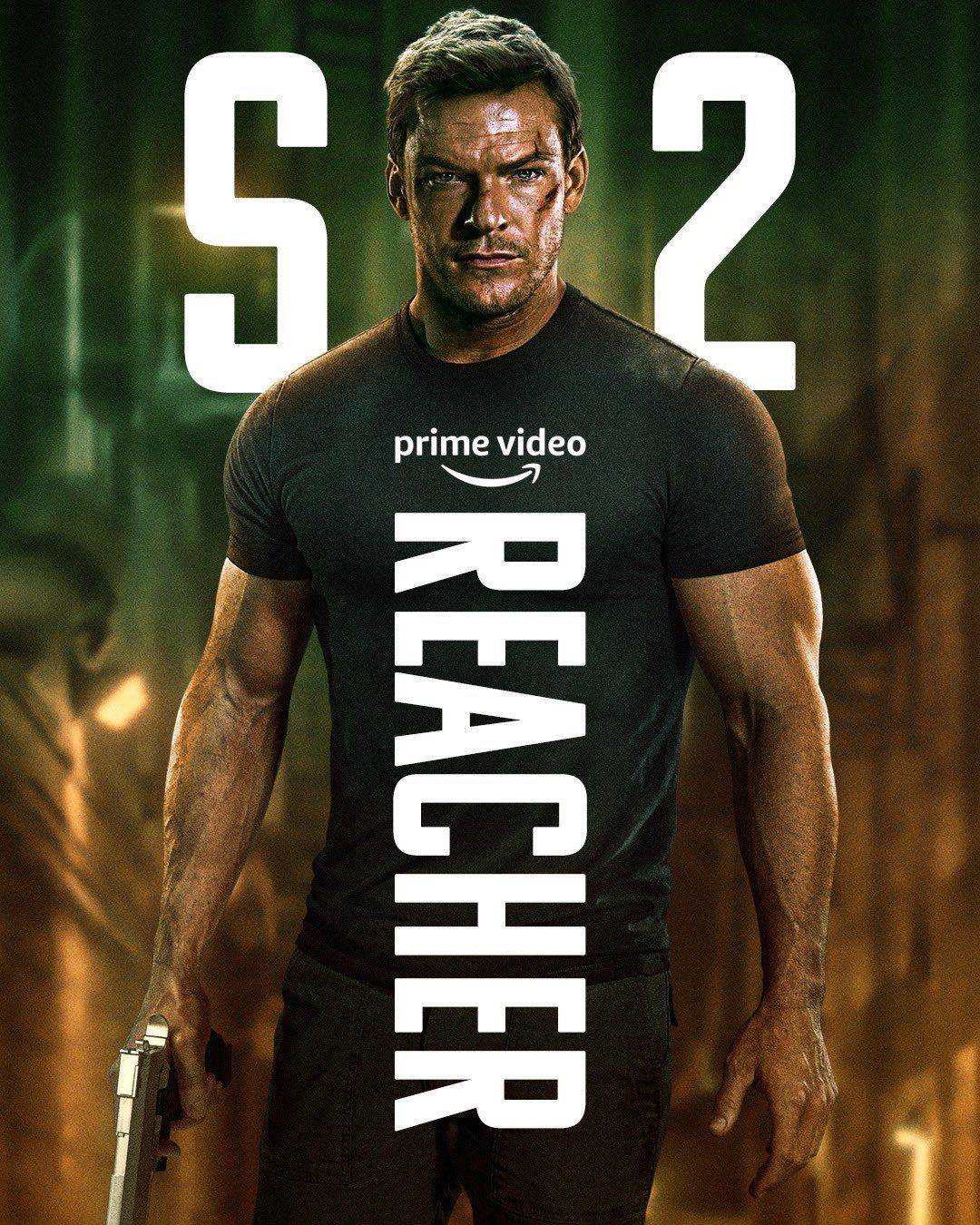
Reacher
TV-MA
Action
Crime
Drama
Release DateFebruary 4, 2022
CastAlan Ritchson , Maria Sten , Malcolm Goodwin , Willa Fitzgerald
Seasons2
From the get-go, Season 2 establishes that the narrative will likely be packed with enough action. Reacher, ever so attentive, picks up on a carjacking situation and proceeds to punch his way through the car window before repeatedly slamming the door against the carjacker’s head, effectively knocking the man unconscious.
While this opening had fan expectations for more Reacher-centered action soaring throughout the season, it soon became evident that ‘violence is the answer’ was one of Season 2’s biggest tropes.
Although this was befitting of Reacher’s style, Season 2 appears to push the limits a tad too much. As a character, Reacher himself is more buffed up and muscular in Season 2. Much of the action centered around the character seems to draw from this persona, feeling almost as if certain scenes were included merely to show off Reacher’s ‘reach.’
Given this, some of the action in Season 2 seems too unbelievable. For instance, in Episode 3, Reacher, unable to run fast enough to stop a car in time, throws a barbecue grill at the moving vehicle from what seems to be quite far away.
The machine soars through the air before landing exactly on target. Reacher then comes running up to the car from a completely different direction and drags the driver out of his vehicle. Despite his attempts to get the man to talk, the man dies of a heart attack.
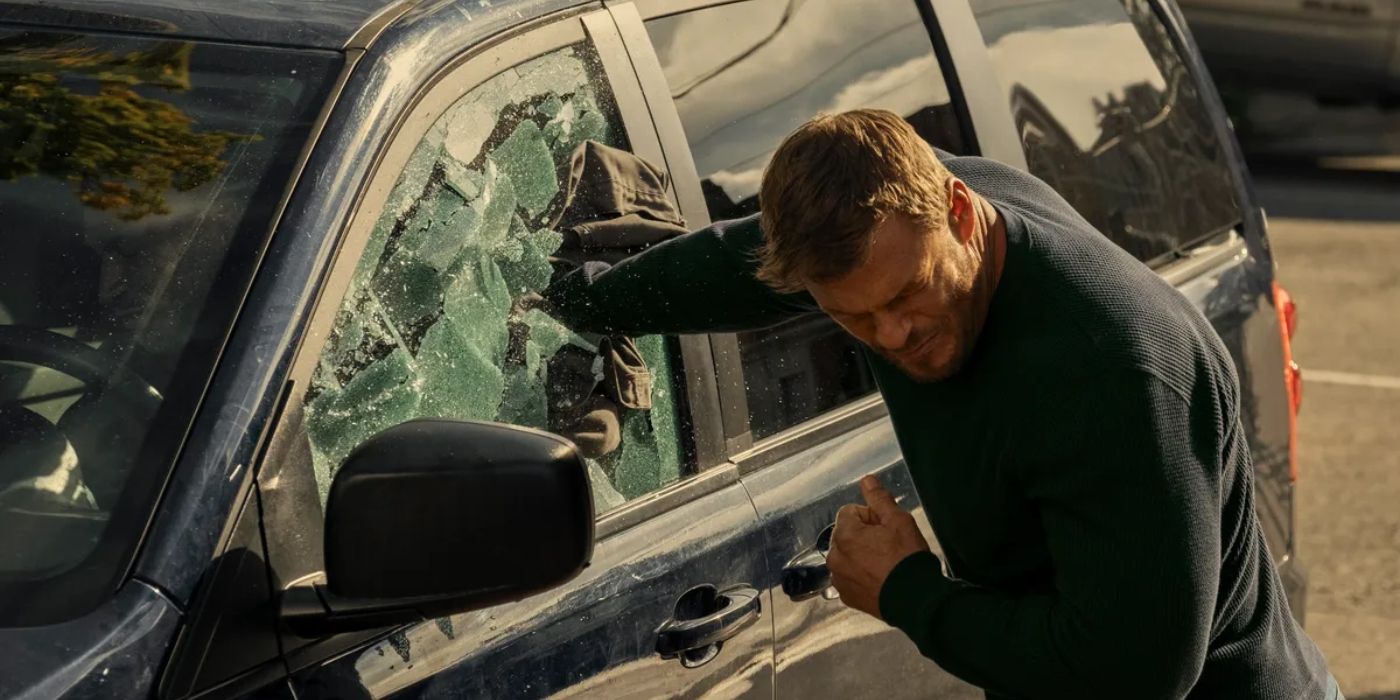
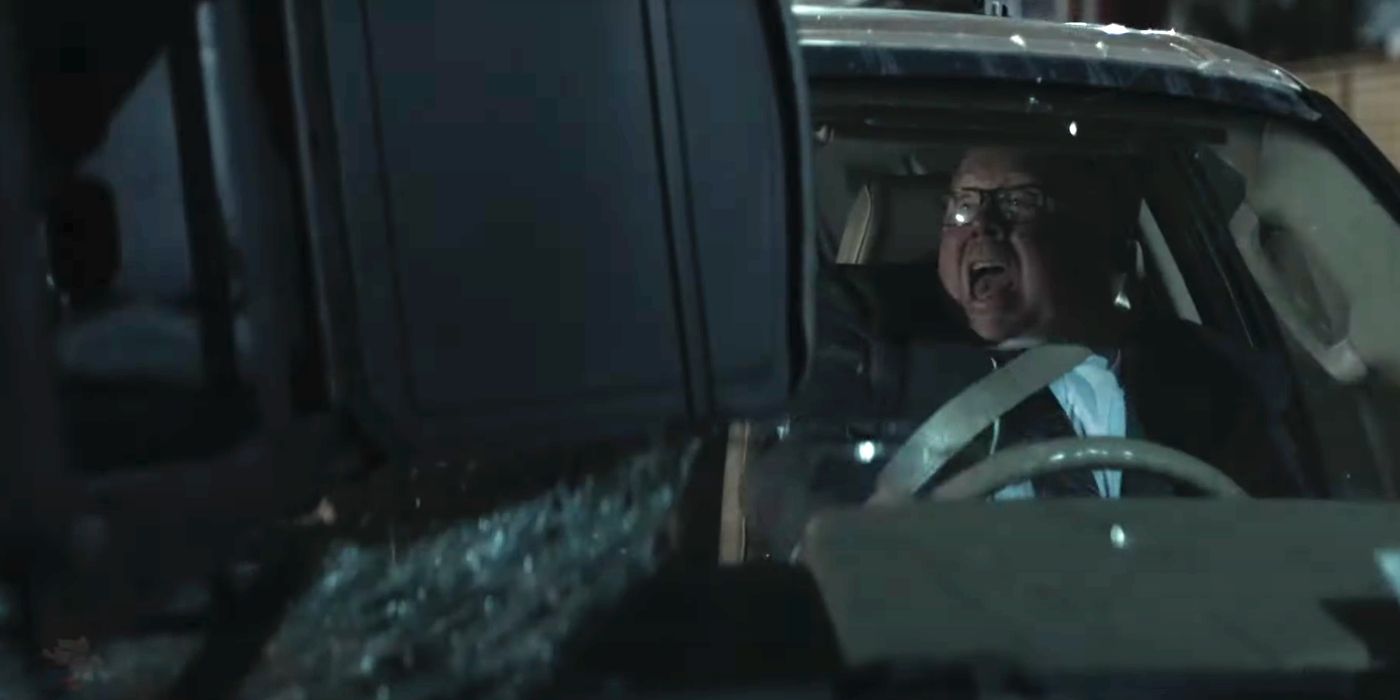
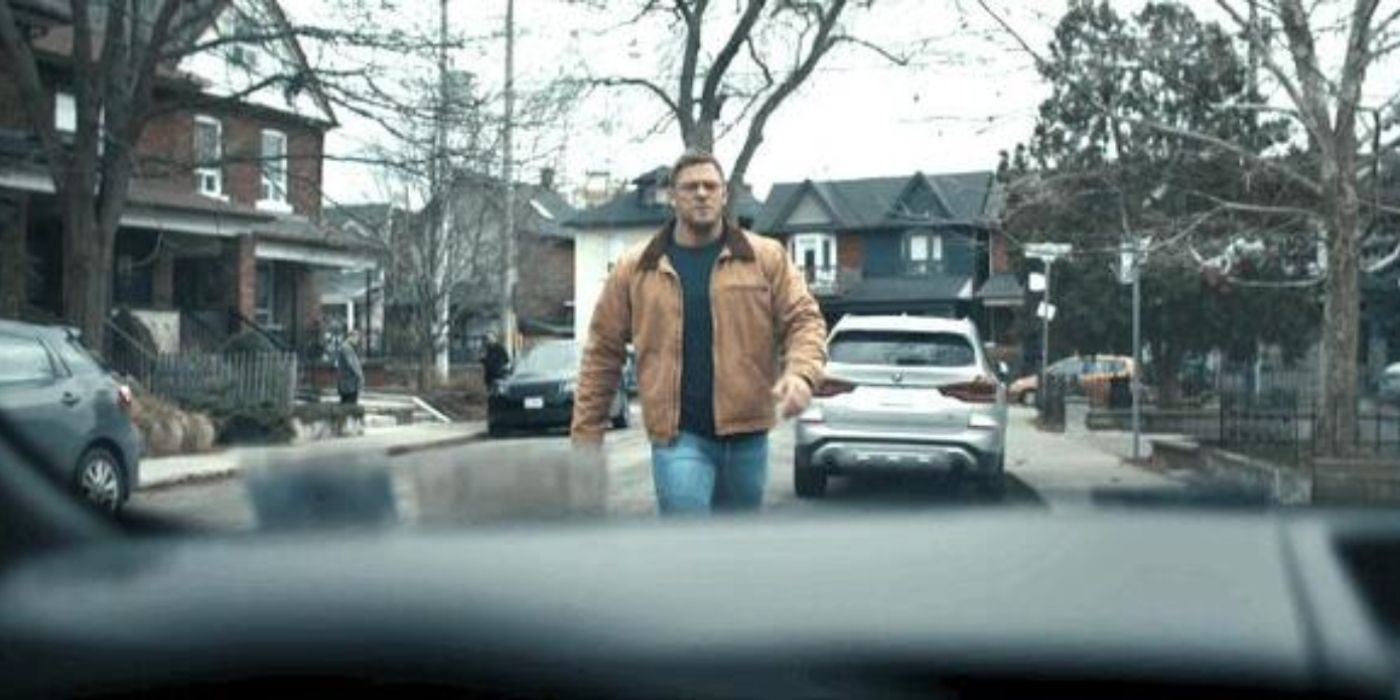
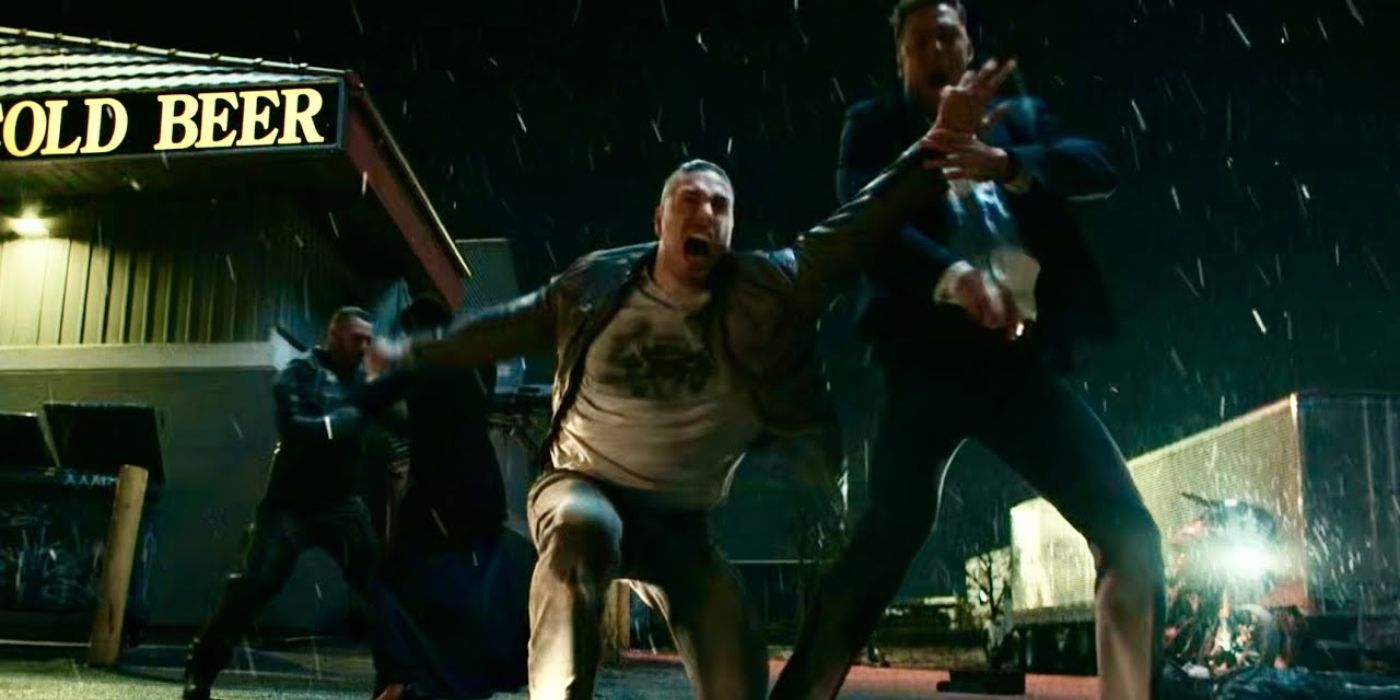
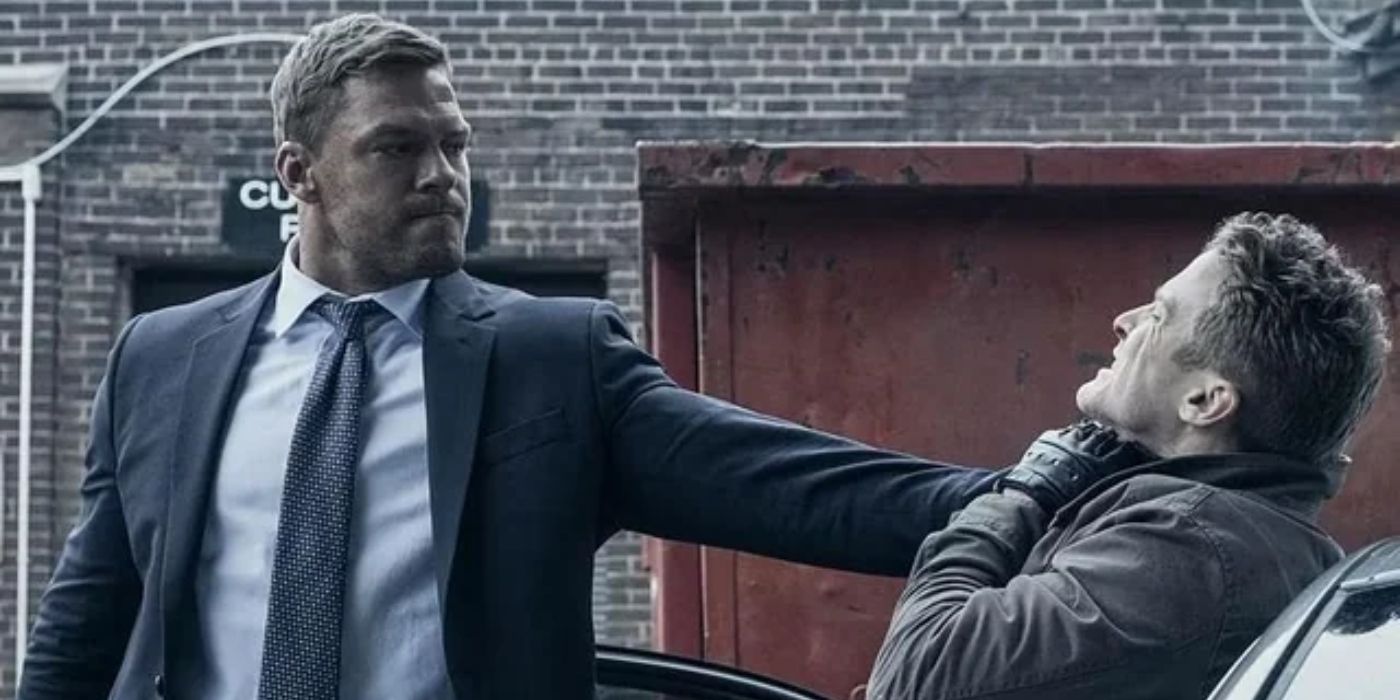
A similarly unbelievable scene takes place in Episode 2, where Reacher, evidently having superhuman strength, kicks the front of a car hard enough to make its airbags explode. He then goes on to headbutt the driver before punching him to knock him unconscious.
While the punches appear believable, the kick that is strong enough to activate the vehicle’s airbags seems less plausible. Avoiding the kick and directly walking up to the driver, carrying a weapon for protection, may have made more sense, especially since it’s later revealed that Reacher knocked out an NYPD cop.
Reacher Uses Violence as the Default Answer
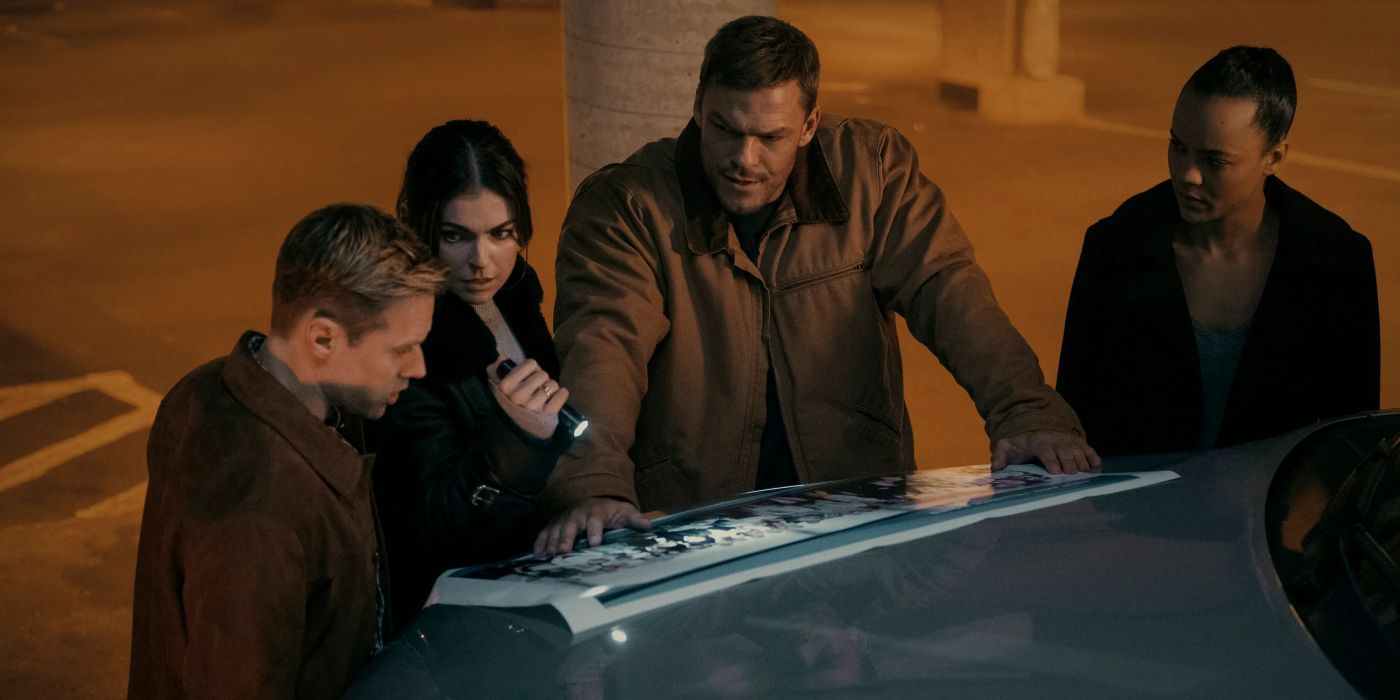
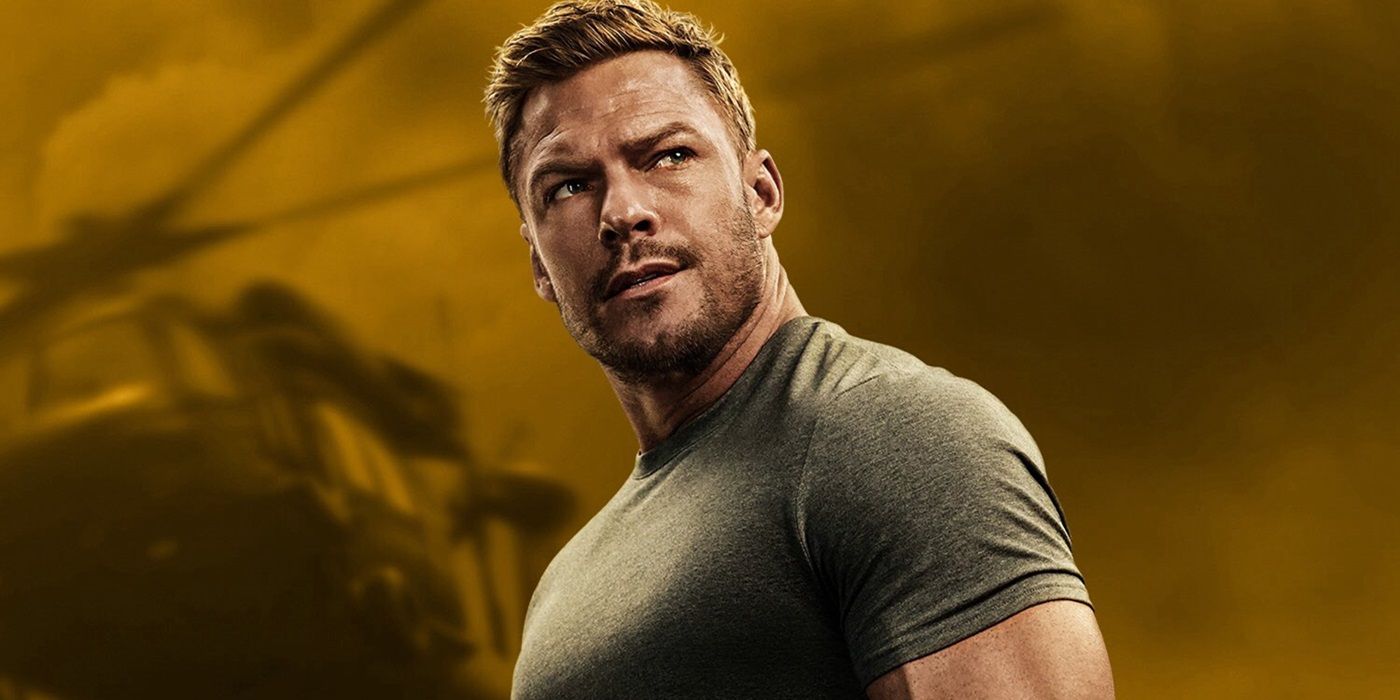
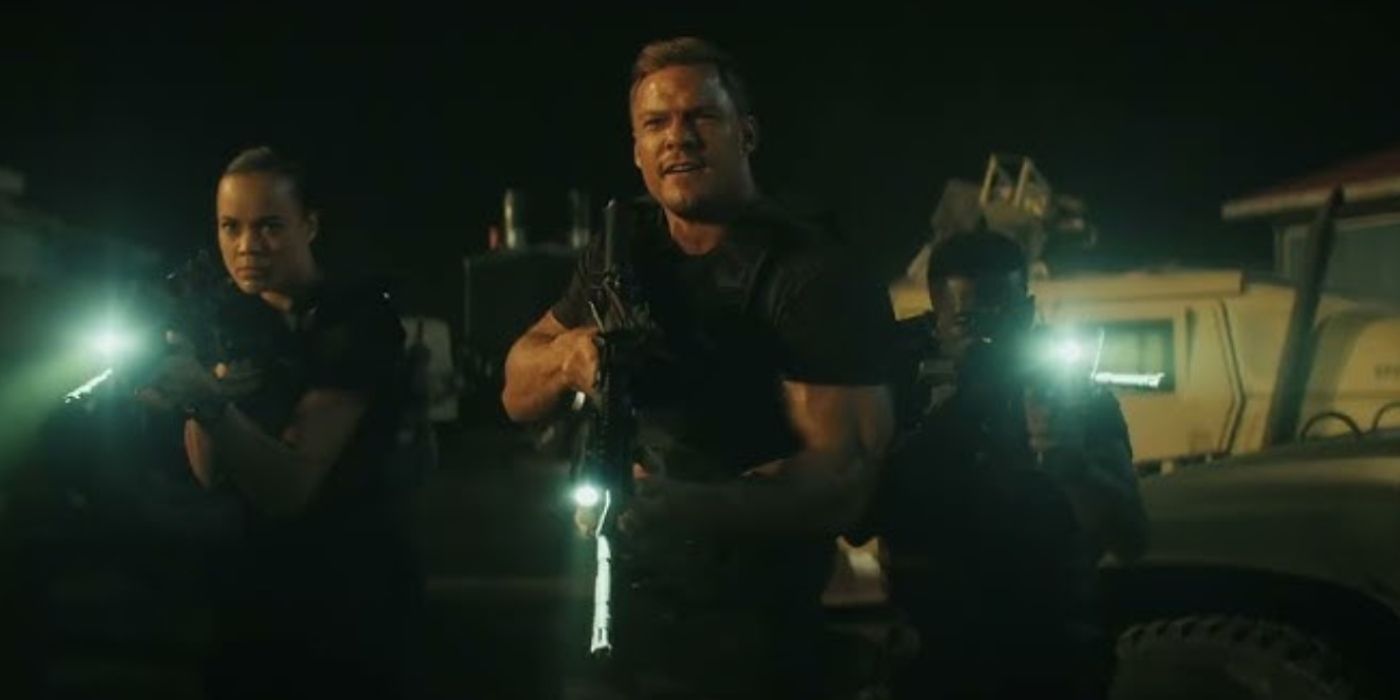
While Reacher appears to deal with all of life’s problems with a punch-first attitude in Season 2, his team seems to be no different. Similarly to their leader, the team of Special Investigators also appears to be prone to violence.
The tagline “you do not mess with the Special Investigators,” repeated throughout the season as Reacher and what’s remaining of the 110th go hunting for revenge, becomes overused.
Season 2 sees the team take the action to a level where, like Ritchon’s character and his acts of violence, the action tends to become somewhat unbelievable. One such instance is where the team is shot at during Franz’s funeral. Despite snipers aiming at multiple people, they don’t hit a single team member.
Instead, Reacher’s team, armed only with pistols, can shoot accurately. Neagley is even able to shoot one of the snipers in the head with her gun. The scene feels like one in which his team is painted in a highly positive light in a manner that is not very realistic. Of course, many TV shows and movies include a fair amount of plot armor and cliches, but it’s simply taken too far in Reacher season 2.
The flashback scene, which depicts Reacher and Swan negotiating a drug deal, becomes another in which violence becomes the first resort. While the pair are trying to set up an exchange, a member of the supplier’s team walks in and recognizes Swan. He goes on to point out that he bought a guitar from Swan and identifies him as belonging to the military.
What ensues immediately after is a fight, with Reacher going straight to the punch. However, this is an instance in which he could have created a story, talking his way out of the situation and taking the deal forward. For example, the narrative could have been that their position in the military is how they acquire their product.
A Detrimental Effect on Reacher’s Narrative
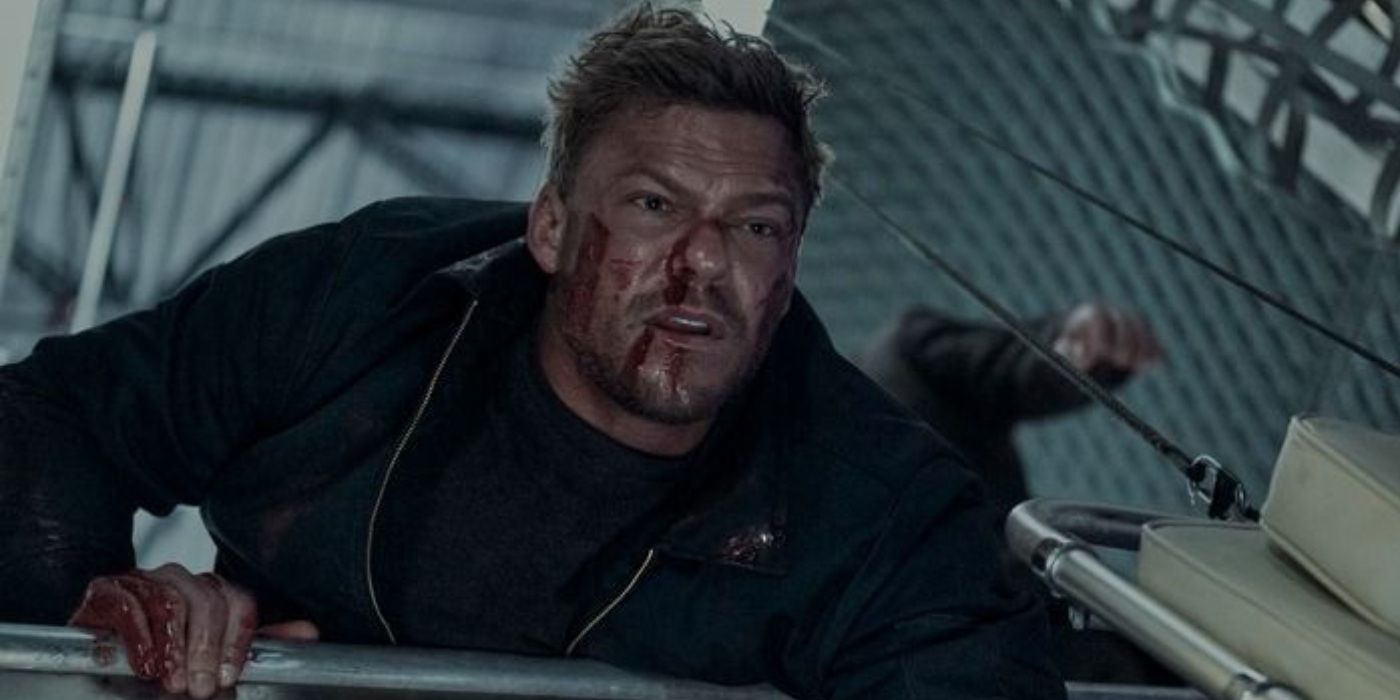
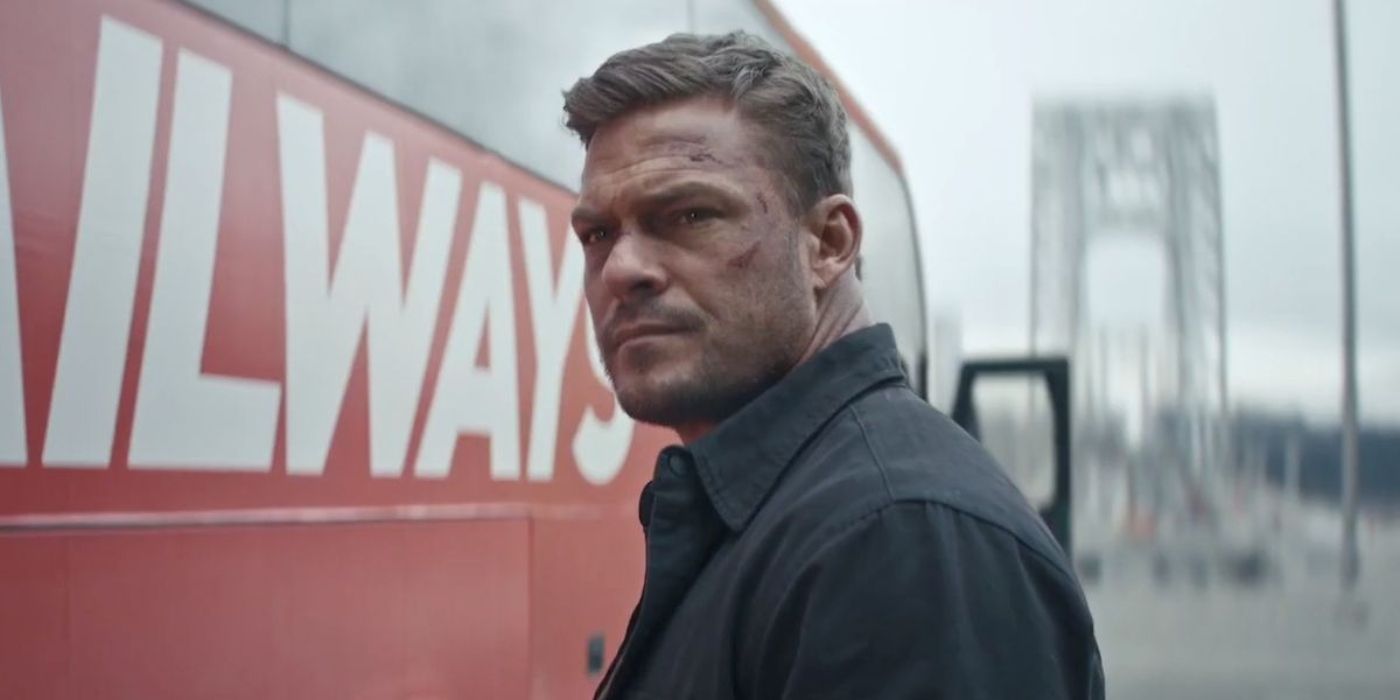
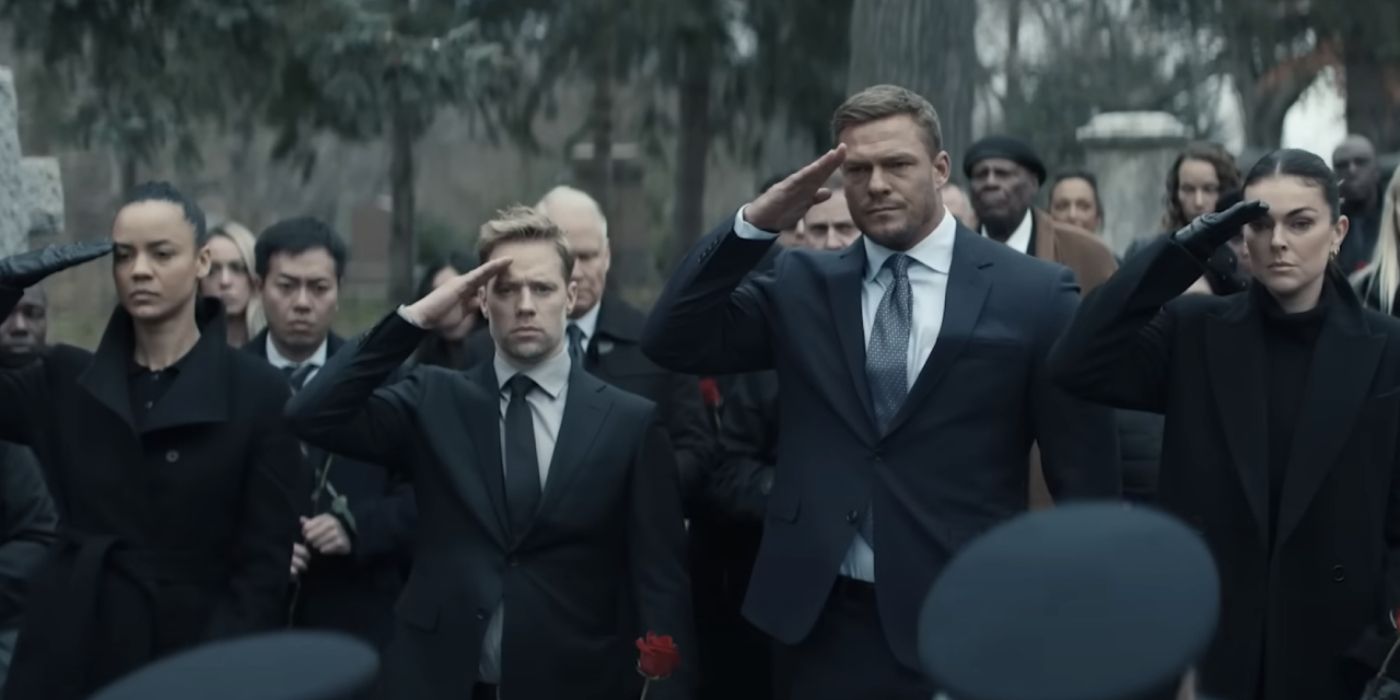
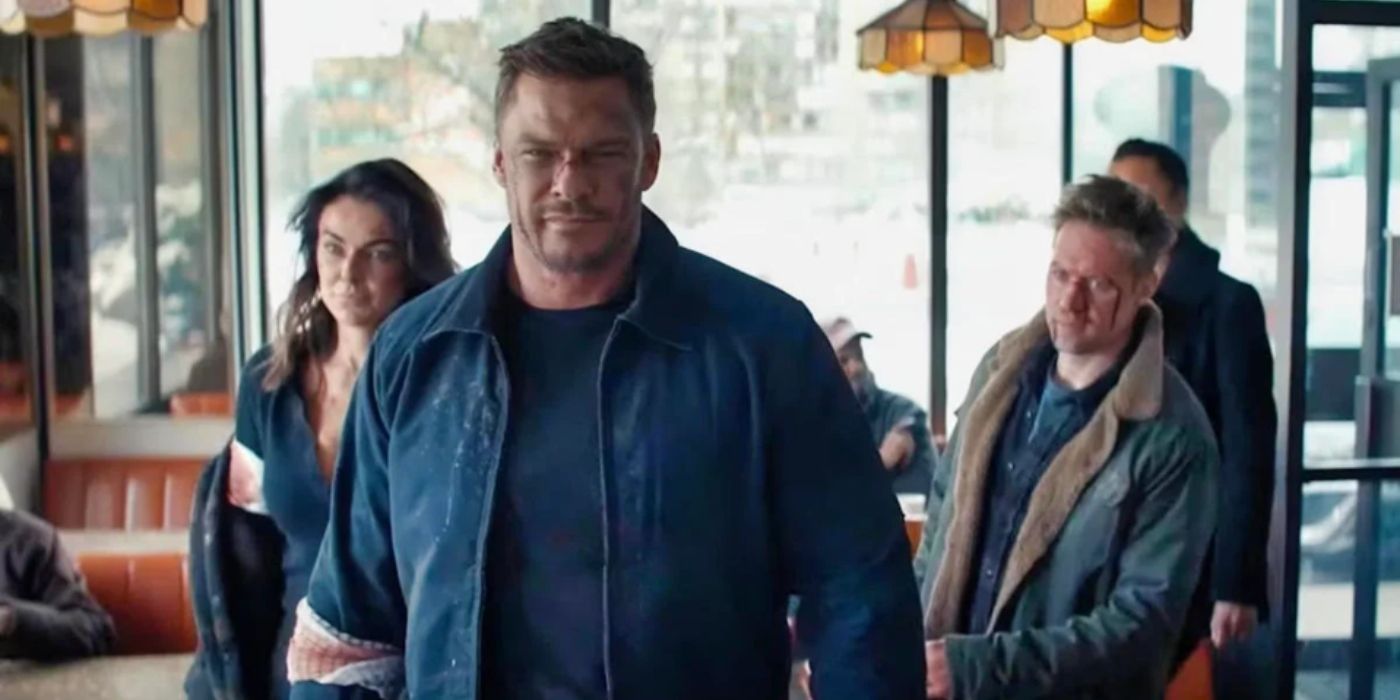
The punch first talk later trope and the heavy, almost forced, focus on action in Reacher Season 2 tends to hinder character and scene development, taking away from the overall narrative.
For example, if Reacher chose to speak to Russo first without going straight to kicking the front of his car, the relationship between him, his team, and Russo could have been better developed. Similarly, avoiding violence with the barbeque grill and finding a better, more believable method of stopping the vehicle may have resulted in a more substantial backstory for the New Age employee.
Reacher’s tendency to choose violence as the first resort has also somewhat diminished the pleasure viewers found in the character in Season 1. With a considerably lower audience score on Rotten Tomatoes in Season 2 – 91% in Season 1 compared to 78% in Season 2 –the character lacked the cleverness and analytical skills of the first season’s Reacher. Instead, he appeared to rely heavily on showing off his strength and bulked-up body, sometimes unnecessarily.
Given that much of the criticism aimed at Season 2 is focused on the forced, sometimes unrealistic, action, Season 3 would fare much better if it chose to leave the punch first talk later trope behind. Season 2, in comparison to Season 1, is still entertaining but amounts merely to a fun, mindless watch.
Given this, deviating from the decision to choose violence over building narrative would allow Reacher Season 3 to better develop character and story arcs. Allowing for such development would also allow viewers to connect more to the essence of the series, something that Season 2 missed out on doing. Reacher is now available to stream on Prime Video.